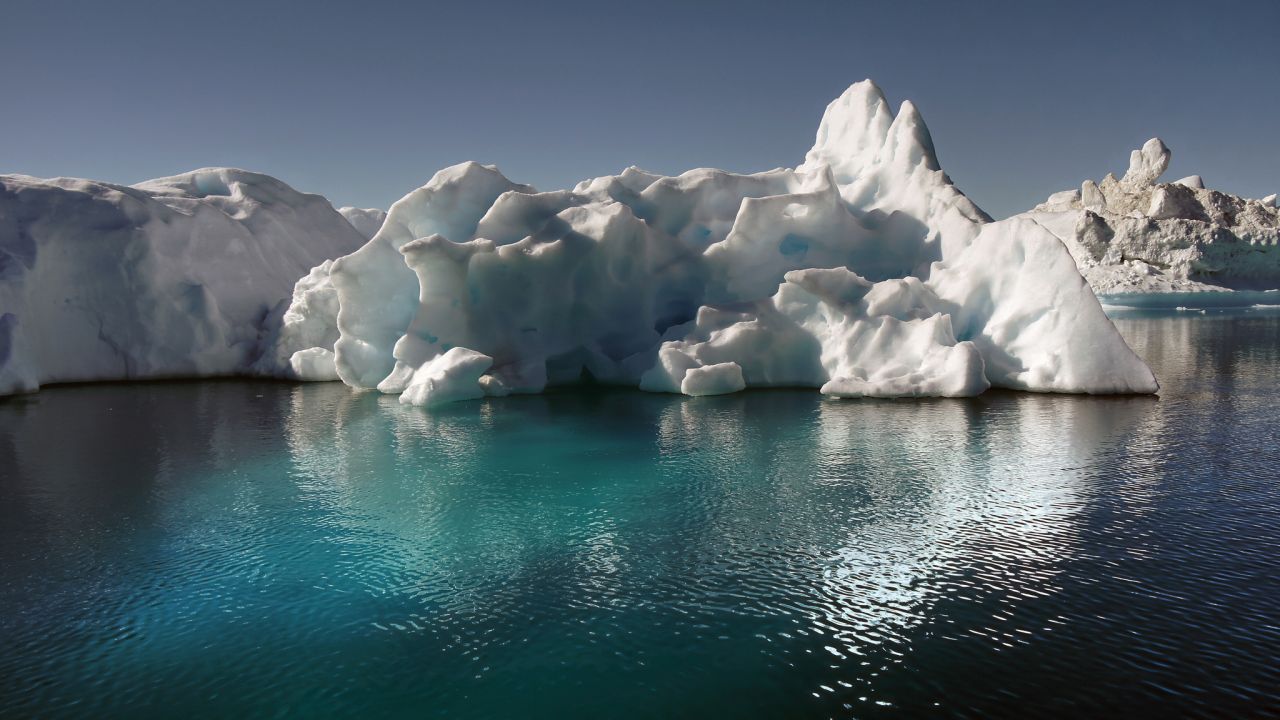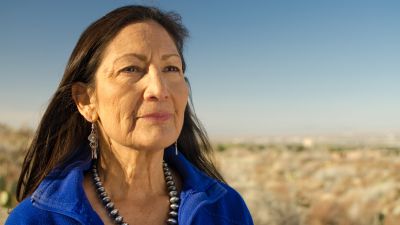
Icy landscape, Greenland. (Photo by mariusz kluzniak/ flickr CC 2.0)
President Trump’s withdrawal from the Paris climate accord is reminiscent of the kid in the sandbox with his fingers in his ears: He won’t listen to the facts of climate change because it will ruin the game he wants to play. Whatever that game is, it doesn’t include influencing global environmental diplomacy. Just who is influencing President Trump on environmental policy at home? Read on.
The Republicans who urged Trump to pull out of Paris deal are big oil darlings
— The Guardian
When the president said he was undecided about backing out of the Paris accord, 22 senators wrote him a letter. Tom McCarthy and Lauren Gambino of The Guardian surveyed Federal Elections Commission data from the Center for Responsive Politics and found that the oil, gas and coal industries gave a total of $10,694,284 to those 22 senators over the past three election cycles. Take a look at who is selling out our environment.
(June 1, 2017)
Trump Administration Says It Isn’t Anti-Science Even As It Seeks to Slash EPA Science Office
— ProPublica
The EPA’s Office of Research and Development (ORD) is on the chopping block. This division of the EPA doesn’t regulate; it conducts the scientific research that informs how our country meets major environmental challenges. ProPublica’s Lisa Song reports that the administration wants to cut ORD’s funding in half, which could leaving policymakers “uninformed about risks an public health,” according to Thomas Burke, ORD’s science adviser and a director during the Obama administration. “In time, you’re flying blind,” he said. “Everything becomes a mystery.”
(May 24, 2017)
Leaked Documents Reveal Counterterrorism Tactics Used At Standing Rock to “Defeat Pipeline Insurgencies”
— The Intercept
The Dakota Access Pipeline became fully operational last week and has already leaked at least three times, according to the Associated Press, losing some 200 gallons of oil into North and South Dakota. A different sort of leak was reported by The Intercept’s Alleen Brown, Will Parrish and Alice Speri. According to documents, a private security firm hired by Energy Transfer Partners, the Fortune 500 oil and gas company that built the pipeline, targeted the indigenous-led protesters with military-style counterterrorism tactics. Experts from the ACLU, National Lawyers Guild and Electronic Frontier Foundation say the anti-democractic strategies of TigerSwan would likely be illegal if conducted by law enforcement.
(May 27, 2017)
What’s really killing King Coal?
— High Country News
Jonathan Thompson’s careful analysis of coal’s demise in High Country News is worth a read. Energy Secretary Rick Perry says in an April memo he wants to save coal from “regulatory burdens” and federal tax credits for solar and wind, but coal is dying because the marketplace and new technologies are creating a more diverse electric grid, reports Thompson. Government policies have encouraged development of alternative energy, but “the biggest beneficiary — and the most significant factor in coal’s demise — has arguably been cheaper, abundant supplies of natural gas.”
(April 28, 2017)
Why is Greenland Melting?
— Frontline, Nova and Emblematic Group
Glaciers are melting more rapidly that ever. This short but breathtaking film directed by Catherine Upin tackles the question. The film looks at glaciers in Greenland through the eyes and expertise of a senior research scientist at NASA named Eric Rignot. Warming air temperatures are only one factor, Rignot says; warming oceans potentially do even more damage. “Predictions for global sea level rise may be too conservative,” according to the film. Low-lying cities like Miami or Mumbai face graver risk of ruinous flooding than previously known. The movie was shot in 360 degrees; click on the arrows so that you can look around.
(June 1, 2017)
Antarctic Dispatches
— The New York Times
To explore the impact of global warming in greater depth, four New York Times journalists joined a team of scientists from Columbia University late last year to study the world’s largest ice sheet in Antarctica. The gripping interactive graphics show how the fate of the melting ice is inextricably linked to the fates of the world’s coastal cities.
(May 18, 2017)




